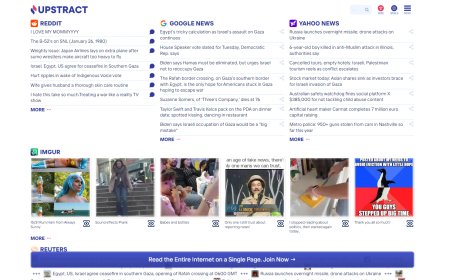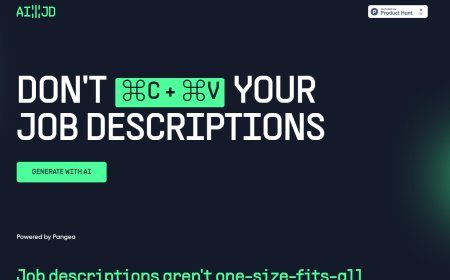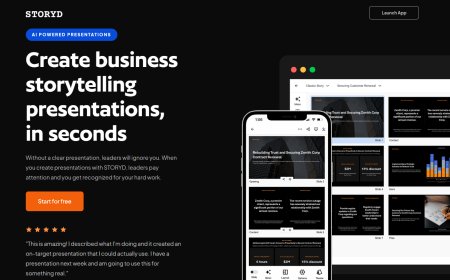20 ChatGPT code interpreter prompts to analyze your business
ANYONE can now have their own personal data analyst

Successfully analyzing your business KPIs could be the difference between winning or failing.
Below are 20 ChatGPT code interpreter prompts to analyze your business
1. Descriptive Statistics:
Prompt: "Using our sales dataset, provide measures of central tendency (mean, median) and dispersion (variance, standard deviation) to summarize its key features."
2. Time Series Analysis:
Prompt: "Given our monthly revenue data over the past five years, can you apply ARIMA modeling to forecast the next 12 months?"
3. Hypothesis Testing:
Prompt: "Given the A/B test results from two different webpage designs, can we statistically determine if one design led to more conversions than the other?"
4. Regression Analysis:
Prompt: "Using our advertising spend and monthly sales data, can we build a regression model to predict the effect of increasing our advertising budget by [X%]?"
5. Cluster Analysis:
Prompt: "Given a dataset of our customer demographics and purchase behaviors, can we use k-means clustering to segment our customer base?"
6. Principal Component Analysis (PCA):
Prompt: "Considering our extensive customer survey data with multiple variables, can PCA be applied to reduce dimensionality while retaining most of the data's variance?"
7. Chi-Squared Test:
Prompt: "Given observed frequencies of product returns across different categories, can we employ a chi-squared test to see if product category affects return rates?"
8. Survival Analysis:
Prompt: "Using our subscription data, can survival analysis help understand the median time until a user cancels their subscription?"
9. Path Analysis:
Prompt: "Using the data from our user journey on our website, can we employ path analysis to determine which sequences of interactions lead most effectively to conversions?"
10. Logistic Regression:
Prompt: "Given customer attributes and purchase histories, can we create a logistic regression model to predict the likelihood of a customer making a purchase in the next month?"
11. Factor Analysis:
Prompt: "In the context of our market research survey with multiple correlated variables, how might factor analysis help in identifying underlying factors?"
12. Bayesian Analysis:
Prompt: "Given prior data on marketing campaign successes and new campaign data, can we apply Bayesian methods to update our beliefs about the efficacy of certain marketing strategies?"
13. Non-Parametric Tests:
Prompt: "If our data isn't normally distributed, which non-parametric tests can we apply, like the Mann-Whitney U test, to compare two independent samples?"
14. Power Analysis:
Prompt: "Before launching a new A/B test, can we conduct a power analysis to determine the required sample size ensuring meaningful results?"
15. Cross-Validation:
Prompt: "When building our predictive machine learning models, how can we implement k-fold cross-validation to assess their performance reliably?"
16. Sentiment Analysis:
Prompt: "Given the customer reviews and feedback from our digital products, can sentiment analysis help categorize and quantify the sentiments into positive, negative, or neutral?
17. Multivariate Testing:
Prompt: "If we're considering multiple changes to our website, how can we set up and analyze a multivariate test to assess the combined effect of these changes on conversions?"
18. Cohort Analysis:
Prompt: "Using sign-up data, can we group users into cohorts based on their join date and analyze their behavior over time to detect patterns or trends?"
19. Multilevel (Hierarchical) Models:
Prompt: "Given sales data from individual salespeople within different regional teams, how can multilevel models help account for both individual and group-level variations?"
20. Correlation Analysis:
Prompt: "With data points across various business metrics, can we determine which pairs of metrics are strongly correlated, and might one be influencing the other?"
What's Your Reaction?









































































